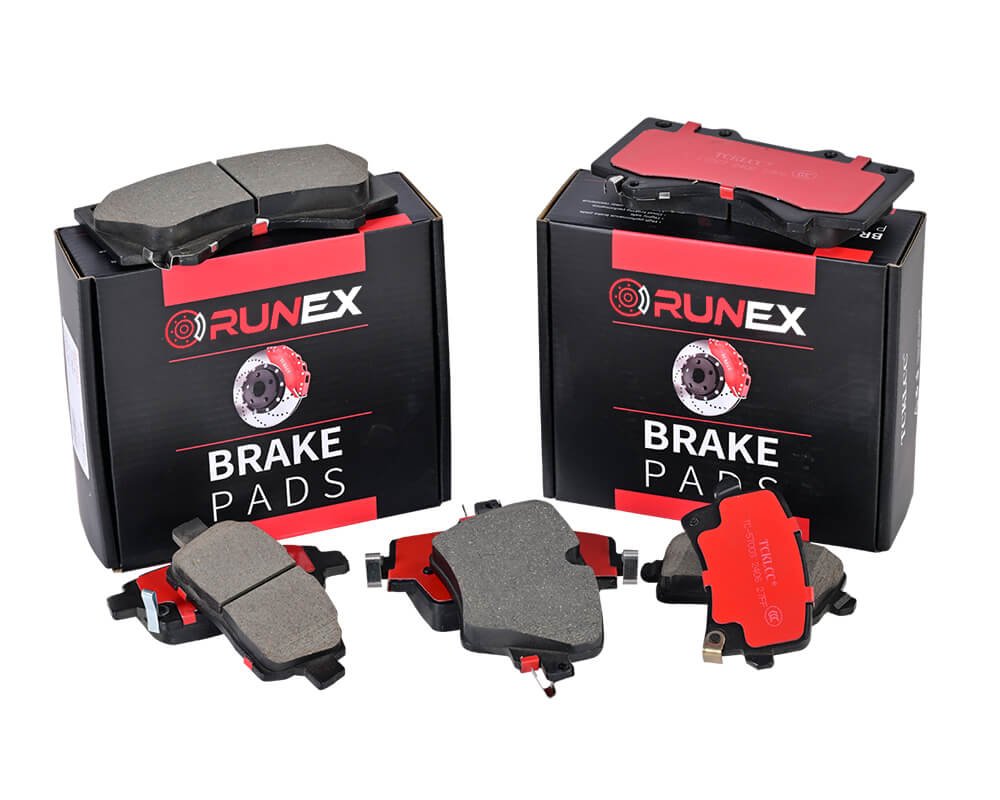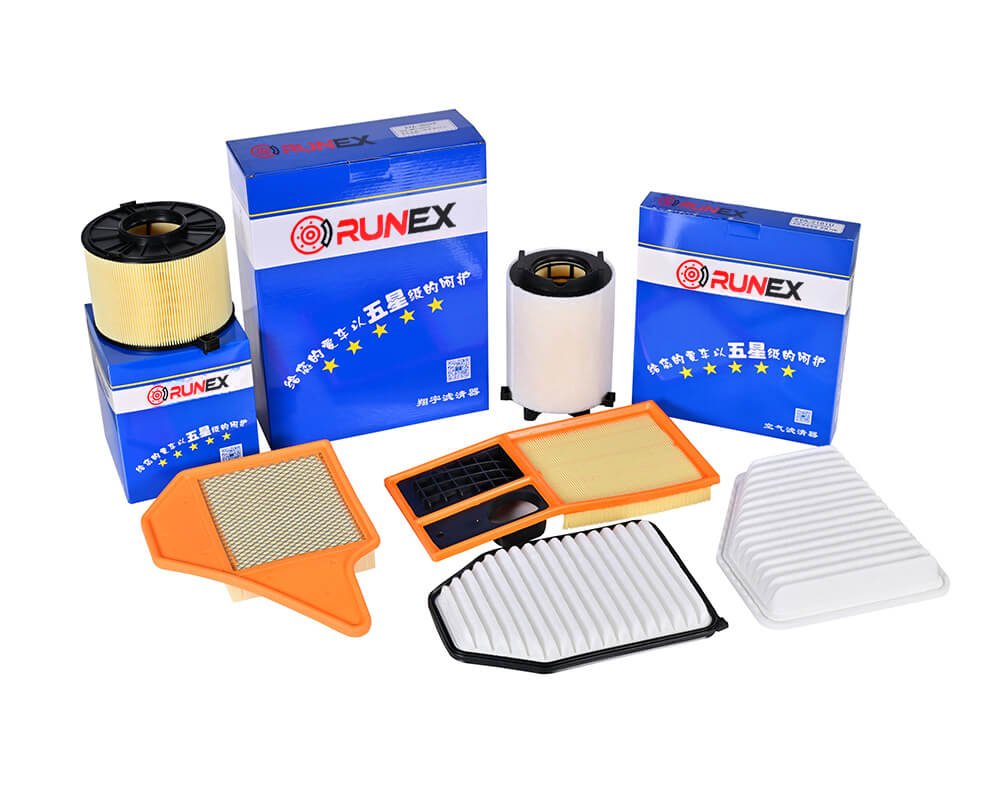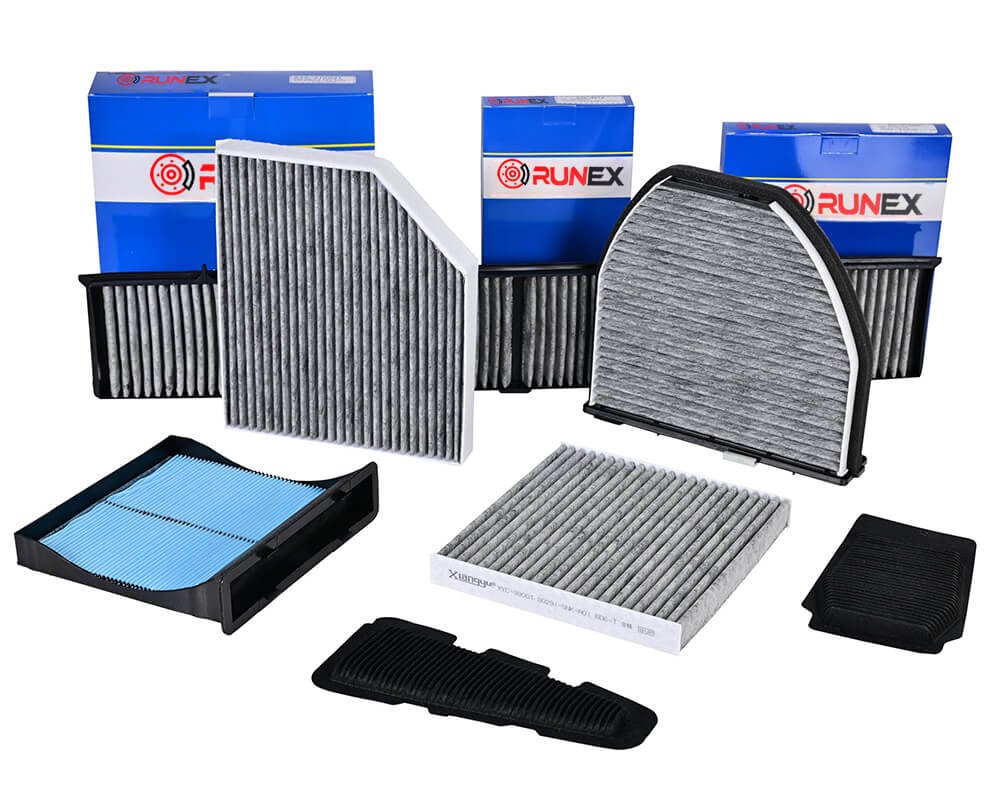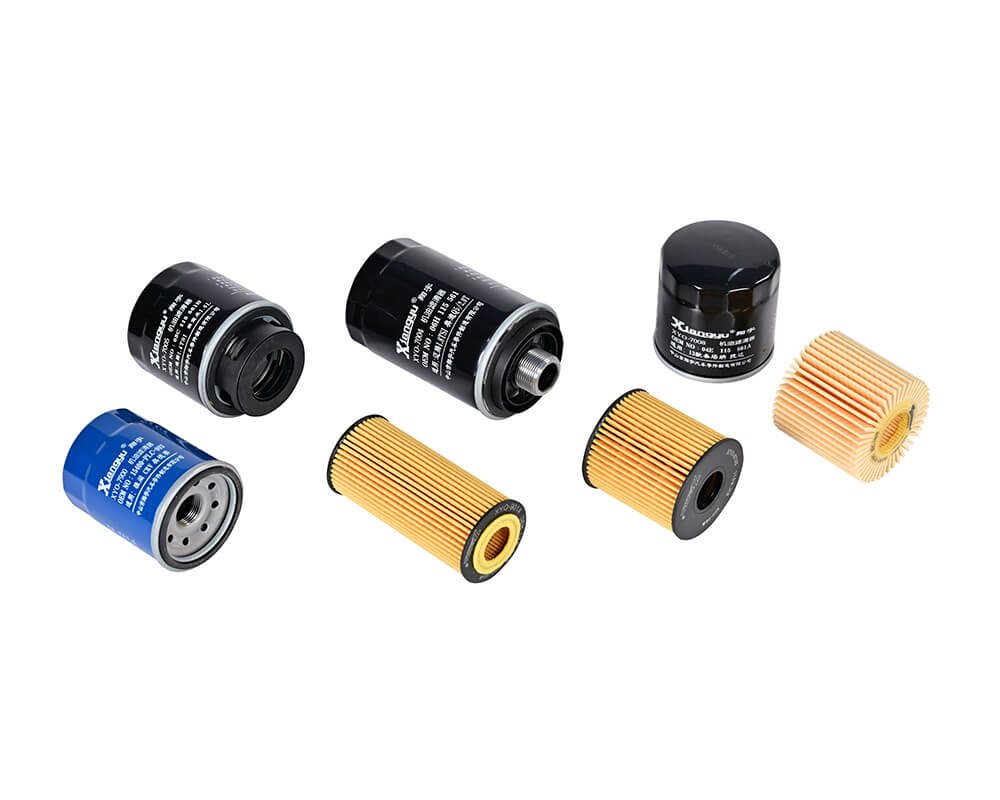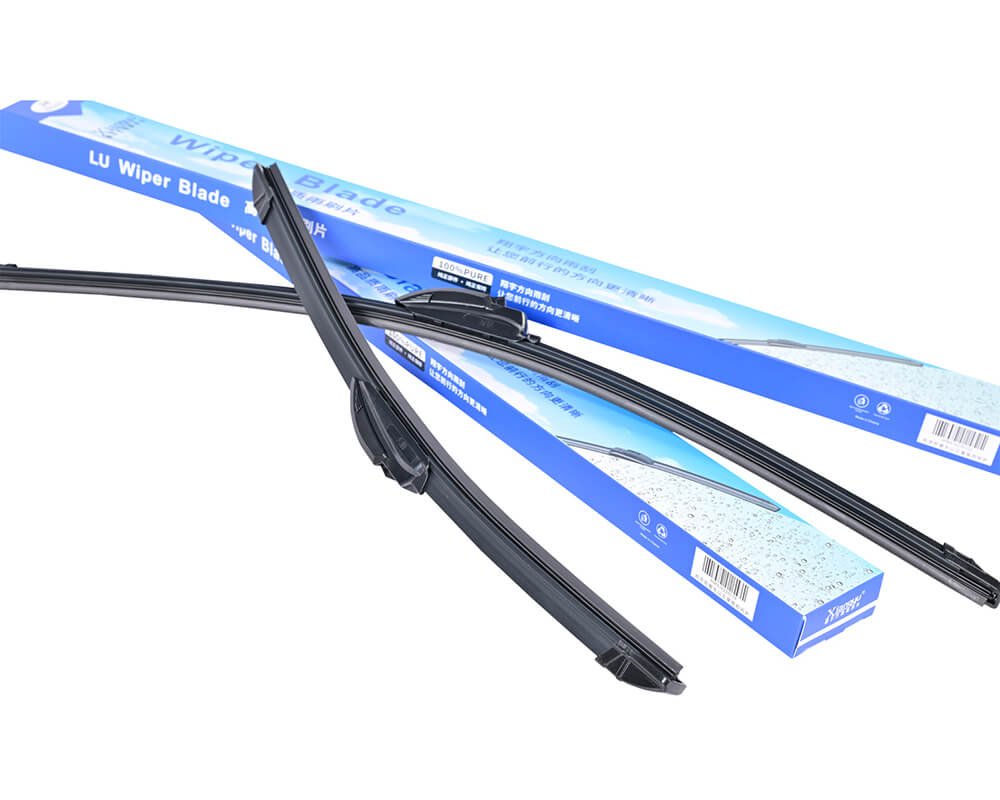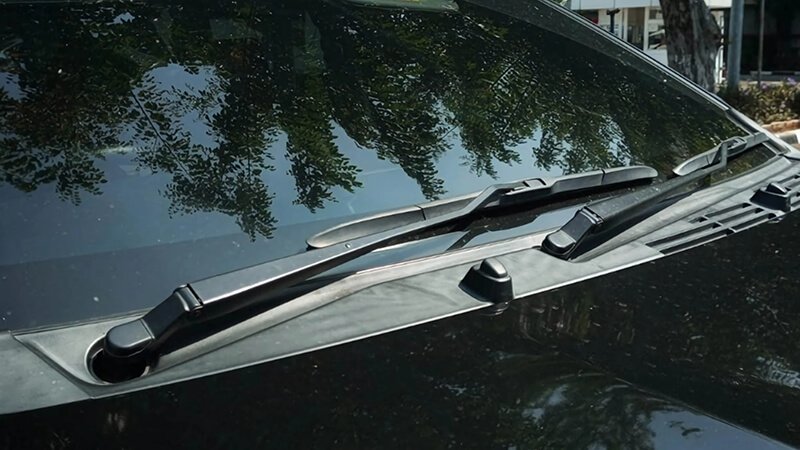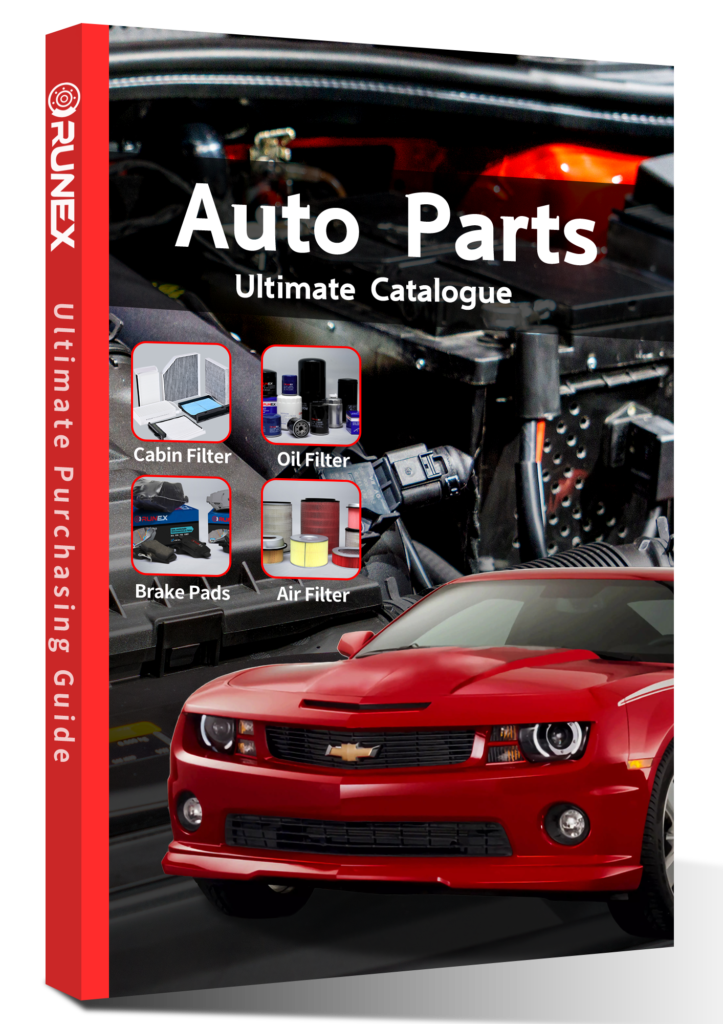Many drivers wonder which brake pads to replace first, front or rear. If you choose wrong or delay replacement, you risk higher costs or safety issues. I want to share what I’ve seen in the auto parts business and how Runex Auto’s brake pads can help.
Front brake pads handle more braking force, so they usually wear out faster. But rear brake pads also matter. Replacing only the front pads can leave your vehicle unbalanced and unsafe. Both need regular checks to keep braking performance strong.
When you make brake pad choices, it’s not just about cost. The right decision keeps vehicles safe and your customers satisfied. I’ll explain this more, and share how our Runex Auto brake pads solve these common challenges.
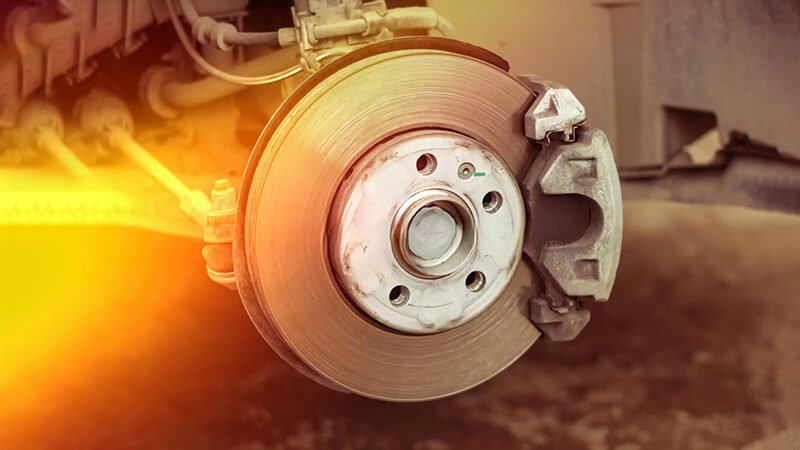
Is it better to replace front or rear brakes?
Many people think replacing just the front or just the rear pads will solve their braking issues. This can cause more problems if you don’t understand the wear patterns of each set. I’ve seen customers replace only one set and return with complaints of noise or uneven braking.
It is usually better to replace front brake pads first. They wear faster because they handle most of the braking force. But it is also important to inspect and replace rear brake pads if they show wear. A balanced system ensures better safety and performance.
Why front brake pads wear faster
When you brake, most of the vehicle’s weight shifts to the front. This means the front pads take on most of the work. Here’s a simple table that shows the load difference:
| Brake Type | Typical Braking Force Handled | Wear Rate |
|---|---|---|
| Front pads | 60-70% | Higher |
| Rear pads | 30-40% | Lower |
The Runex Auto solution
At Runex Auto, our front brake pads1 are made with high-performance friction materials2. They handle heavy loads without quick wear. Our rear pads use a similar compound to ensure balanced braking3. This keeps your customers happy because they experience smooth, safe stops. A UK distributor we work with reduced warranty claims by 40% after switching to our balanced brake pad sets.
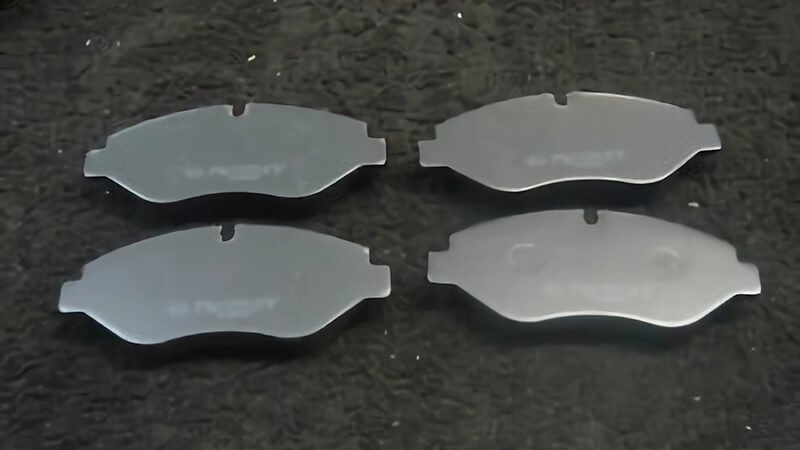
Is it okay to replace rear brake pads only?
Sometimes, vehicle owners think they can save money by replacing just the rear pads. I’ve seen this happen often with fleet customers trying to cut costs. But the result is usually poor braking feel and even more wear on other parts.
It is okay to replace rear brake pads only if the front pads are still in good condition. But it’s best to check both sets. Replacing just the rear pads without inspection can lead to uneven braking, noise, or longer stopping distances.
Risks of changing only rear pads
When you replace only the rear pads, the braking balance4 may shift. The front pads may already be worn but not yet to the warning limit. This can cause:
- Uneven braking force
- Rear lock-up during hard stops
- Reduced stability, especially in wet conditions
How Runex Auto helps
Our brake pads5 are sold in matched sets to help distributors and garages offer balanced solutions. This way, both front and rear pads have the same friction characteristics. Our certified materials meet ECE R90 standards, so you can trust that even if you replace only the rear pads, they’ll work well with the front set—if it’s still in good shape.

Which brake pads are more important, front or back?
I often get this question from customers trying to decide where to invest their budget. It’s common in both retail sales and B2B orders. My answer is always the same: both matter, but in different ways.
Front brake pads are more important because they handle most of the braking force. However, rear brake pads are critical for stability and balanced braking. Ignoring rear pads can affect safety, especially during emergency stops.
Different roles of front and rear pads
Let’s break down the key functions:
| Pad Position | Main Role | Common Issue if Neglected |
|---|---|---|
| Front | Handle most braking force6, provide stopping power | Long stopping distance |
| Rear | Balance braking, prevent rear-end swing | Vehicle instability |
Runex Auto brake pad design
Runex Auto designs both front and rear brake pads to work as a system. We use similar friction materials so the pads wear at a consistent rate. This means your customers get longer service life7 and fewer complaints about noise or vibration. Our UK client’s experience showed that matching front and rear pad quality reduced customer returns and improved their brand image.
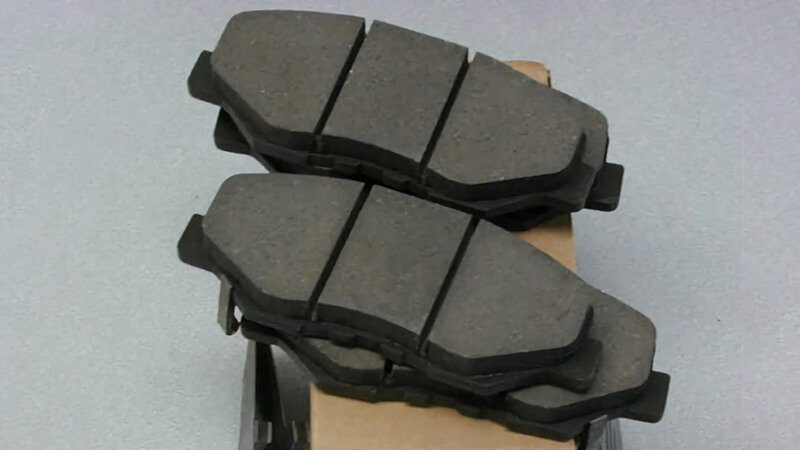
How do I know if I need to replace my front or rear brake pads?
I have seen many distributors and garages struggle with customers who delay replacement because they don’t notice the signs. This leads to more damage and higher repair bills. Knowing when to change pads is key for safety and cost savings.
You should replace your brake pads if you hear squealing, feel vibration when braking, or if a technician shows that the pad thickness is below 3mm. It is important to inspect both front and rear pads during every service.
Common signs of worn brake pads
Here are the warning signs I always tell customers and partners to watch for:
- Squealing or grinding noise
- Brake pedal feels soft or spongy8
- Car pulls to one side when braking
- Visible thin brake pad material (less than 3mm)9
- Brake warning light on the dashboard10
Runex Auto inspection tips
At Runex Auto, we recommend that garages check brake pads at every oil change or at least every 10,000 km. We provide easy-to-read wear indicators on our pads to help technicians spot the need for replacement fast. This ensures that customers do not wait too long and end up with rotor damage or safety risks. Our partners have found that offering this check helps build customer trust and leads to more repeat business.
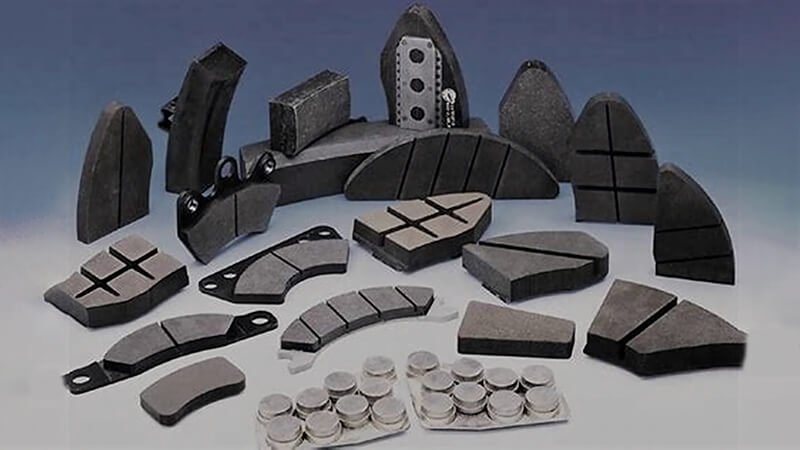
Conclusion
Choosing whether to replace front or rear brake pads11 depends on wear and vehicle use. But always check both to keep braking performance strong. Runex Auto brake pads are designed to provide balanced, certified performance. We help our partners reduce warranty claims, improve customer trust, and deliver safer vehicles. Whether you replace the front, rear, or both, using high-quality matched pads will protect your customers and your reputation.
-
Understanding the wear patterns of front brake pads can help you maintain your vehicle better and ensure safety. ↩
-
Explore the benefits of high-performance friction materials for better braking efficiency and safety. ↩
-
Learn about balanced braking to enhance your vehicle's performance and safety during stops. ↩
-
Understanding braking balance is crucial for safe driving. Explore this link to learn how it affects your vehicle's performance. ↩
-
Brake pads are vital for safe driving. Learn how they impact your vehicle's performance and safety by exploring this resource. ↩
-
Understanding braking force is crucial for ensuring vehicle safety and performance. Explore this link to learn more about its significance. ↩
-
Learn about the factors that affect brake pad service life to make informed decisions for maintenance and replacements. ↩
-
A soft or spongy brake pedal can indicate serious issues. Discover the causes and solutions to ensure your vehicle's safety. ↩
-
Knowing how to check brake pad thickness is essential for vehicle maintenance. This resource will guide you on what to look for and when to replace them. ↩
-
Understanding the brake warning light is crucial for vehicle safety. Explore this link to learn more about its implications and necessary actions. ↩
-
Clicking this link to get your best oem brake pads from Runex Auto. ↩


